
News



In preparation for the American Society of Retina Specialist (ASRS) annual meeting being held in Long Beach, California, Ophthalmology spoke with Gaurav Shah MD, FASRS, Program Chair of the 2025 event.

The annual Best Hospitals report from US News & World Report compares more than 4500 hospitals across 15 specialties and 22 procedures and conditions.



LENZ Therapeutics previously licensed Greater China rights to CORXEL for the development and commercialization of LNZ100 in April 2022.
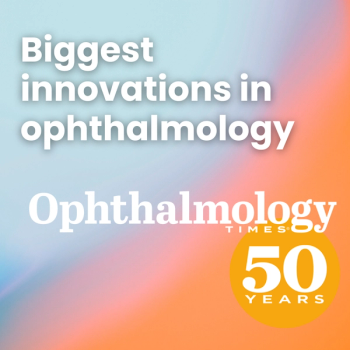
To mark Ophthalmology Times' 50th anniversary, we invited top experts to reflect on the most significant innovations in ophthalmology over the past five decades.

Findings from a phase 2 clinical trial support the therapeutic potential of ADX-2191 in patients with retinitis pigmentosa

A recent study reveals that many Americans neglect eye care due to cost and urgency misconceptions, despite the significant impact on daily life.
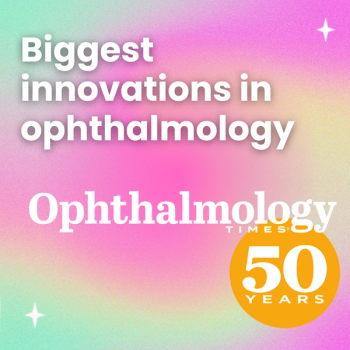
To mark Ophthalmology Times' 50th anniversary, we invited top experts to reflect on the most significant innovations in ophthalmology over the past five decades.



Vonaprument has received fast track designation from the US Food and Drug Administration.

KIO-104 is for the treatment of a wide range of ocular diseases, including ocular inflammation, uveitis, age-related macular degeneration (AMD), and complications as a result of refractive surgery.

Australian researchers highlighted the overlooked ocular risks surfers and divers face from UV and blue light exposure.

At the CCOI-Stanford Summit, Goldberg calls for collaborative trial models that could redefine efficiency and standardization in ophthalmology research.
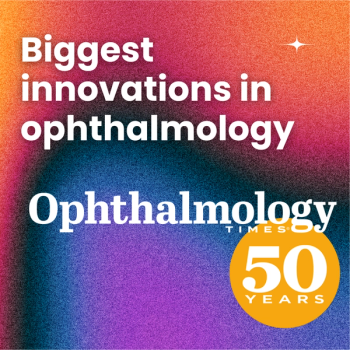
To mark Ophthalmology Times' 50th anniversary, we invited top experts to reflect on the most significant innovations in ophthalmology over the past five decades.
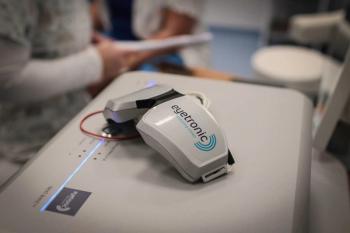
Eyetronic is a noninvasive treatment for glaucoma that provides external neural stimulation to the optic nerve of patients.

OpenAI's ChatGPT-4o enhances ophthalmological image generation, producing realistic retinal photographs while highlighting the need for further research in training datasets.
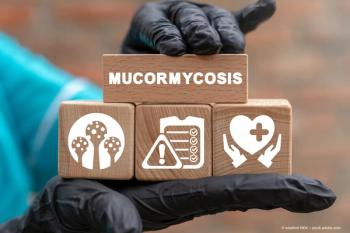
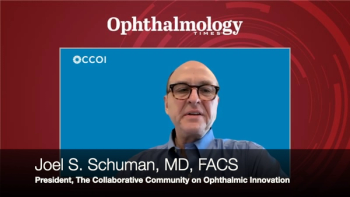
President Joel S. Schuman, MD, highlights the group’s mission and vision for the future—uniting 17 working groups and over 80 stakeholders.

These updates support Ocugen in its efforts to pursue its goal of 3 biologics license applications (BLA) in the next 3 years.
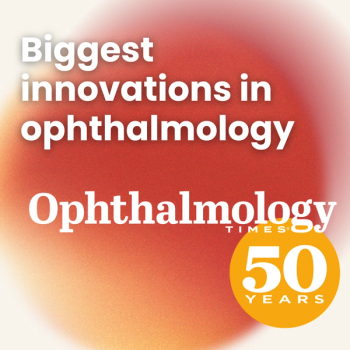
To mark Ophthalmology Times' 50th anniversary, we invited top experts to reflect on the most significant innovations in ophthalmology over the past five decades.

Viatris' phase 3 trial of pimecrolimus 0.3% (MR-139) for blepharitis fails to meet primary end point
The primary end point of the trial was complete resolution of debris after 6 weeks of twice-daily dosing.

Funding will be specifically used to accelerate the clinical development of urcosimod (formerly called OK-101).

The law will work to remove outdated restrictions on medications and allow some in-office procedures and will take effect in August.

Pinguecula is a benign, common degeneration of the conjunctiva that appears as a grey-white-yellow mass on the bulbar conjunctiva.
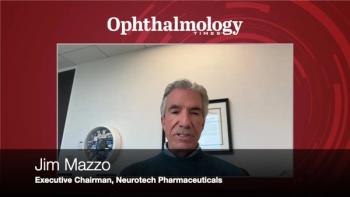
Jim Mazzo is among the presenters who will highlight the need to break silos and accelerate eye health solutions at the Collaborative Community on Ophthalmic Innovation (CCOI) meeting at Stanford University on July 23, 2025.

Under the terms of the agreement, Kowa receives exclusive rights to develop and commercialize NCX 470 in the US and all other territories of the world excluding Japan, China, Korea, and Southeast Asia.




.png)


